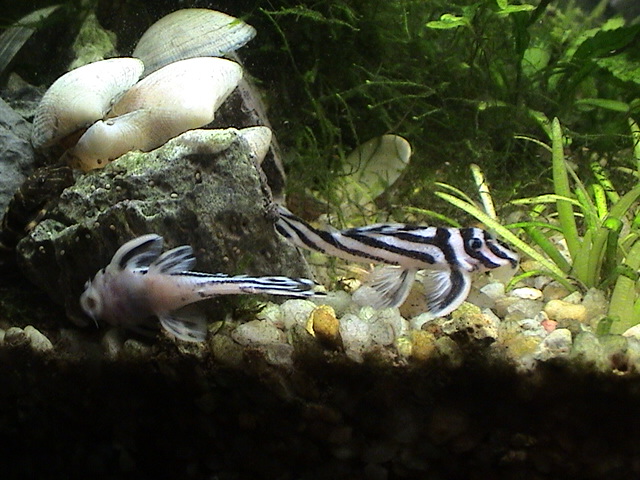

Even though it contributes a lot of waste to the nitrogen cycle, it is still a favorite among fish keepers for its ability to clean algae. A diet that majorly consists of algae, aquatic plants, and crustaceans that are small in size.īefore we delve into details for the types of plecos there is for aquarium keepers that might be considering adding some of this breed to their tank it is essential to note that this fish is sold when they are young and small – they can grow to about 50 centimeters in size It is also essential to know that this fish is a bottom feeder is a nocturnal fish. A common characteristic amongst them is that they possess a mouth that performs like a sucker, enabling the fish to attach itself to surfaces, hold, and nibble at food. Characteristics of PlecosĪs said above earlier, there are various types of plecos out there. To avoid all these tongue-twisting names, you can call them “scavenger fish” for short – a name they are called because of their feeding habits. It belongs to the armored catfish family, and to distinguish them from others of the same physical attributes, don’t be surprised when they are referred to as “plecostomus “ when you make inquiries about them or they are being sold to you in most aquarium shops. Hypostomus plecostomus, commonly known as “pleco,” can be found in tropical freshwaters. Have you ever been watching your favorite animal channel show and caught a glimpse of a breed of fish that looks like it’s a catfish, but at a second look, it clearly isn’t? If you are thirsting to learn more about this fish then you might have gone ahead and did a little digging, only to find out that it is called “Pleco”? Don’t worry too much about it, as we are here to satisfy your thirst for knowledge by teaching you everything you need to know about this breed of catfish.


 0 kommentar(er)
0 kommentar(er)
